For years, the business-to-business (B2B) sector has primarily relied on logic, features, and ROI metrics to influence decision-making.
While these are undeniably critical elements, a growing body of research suggests that emotions also play a substantial role.
In this article, I’ll delve into the psychological underpinnings of emotional influence and how it can be harnessed effectively in B2B marketing and communications.
The Neurological Perspective
Neuroscience studies further corroborate the importance of emotions. Research shows that the regions of the brain responsible for emotions (like the amygdala) often have more neuronal traffic than rational sectors (such as the neocortex) during decision-making processes.
Real-world Examples
A 2013 study by Google, CEB’s Marketing Leadership Council, and Motista revealed that B2B buyers are significantly more emotionally connected to their vendors and service providers than consumers. The study found that B2B customers are more than twice as likely to consider a brand that shows personal value over business value.
Immediate Strategies: Emotional Leverage You Can Apply Today
Agitate the Problem, Soothe with the Solution
Start by identifying the pain points your prospective clients are experiencing. Agitate those issues by bringing them to the forefront. After you’ve captured their attention, provide the solution that your product or service offers.
Example: If you’re targeting the medical sector, a video might illustrate the inefficiencies of outdated hospital administration systems. Seamlessly transition to how your software brings about order and peace, depicted by a tranquil and organized virtual hospital.
Harness the Power of Color
Colors evoke different emotions. Blue tends to signify trust, red urgency, and green growth or environmental consciousness. Use these to your advantage in presentations, websites, or branding.
Example: For a government agency presentation, use blues to evoke feelings of trust and reliability.
Select the Right Voice and Music in Video Content
The tone of the voiceover and the mood of the background music can set the emotional stage for your video content.
Example: If you’re targeting marketers, opt for an upbeat, energetic voice and dynamic background music to resonate with the fast-paced nature of the marketing field.
Use Social Proof to Build Connection and Trust
Testimonials, client lists, and case studies serve as social proof that validates your offering.
Example: Showcase satisfied clients in your target niche—medical professionals praising your software’s ease of use, or a government official commending your project’s efficiency.
Evoke the ‘After-State’
Paint a vivid picture of how life or business will improve after implementing your product or service.
Example: In an email campaign, use phrases like “Imagine a world where…” to immerse the reader in a future where their problems are solved thanks to your solution.
see it in action
In this whiteboard animation for BretonSmartek‘s FireQ, note how we engage viewers emotionally:
- We agitate the problem that firefighters face when they don’t have the benefit of FireQ, before reassuring them that FireQ has their back.
- We use a bright red spot colour, to signal urgency.
- We use a baritone voice and sound effects like a siren to command attention and create alarm.
- We harness social proof with our statement about FireQ being trusted by firefighters across North America.
- We paint a happy FireQ reality of people being rescued and even paperwork being filed painlessly, leaving firefighters to focus on their important work of keeping their community safe.
Leveraging Emotional Intelligence in B2B Marketing
Storytelling as a Strategy
Construct a narrative that resonates emotionally with potential clients. Stories make data memorable, relatable, and actionable.
Emotional Triggers
Identify the emotional triggers relevant to your audience and appeal to them. Trust and integrity might be paramount in the medical sector, whereas stability and efficiency might be priorities for government agencies.
Visual and Emotional Consistency
Ensure your branding—colors, logos, and typefaces—evokes the emotions you want to associate with your business.

Create an emotional connection with your key stakeholders
Find out which eight organizational stories you can tell to emotionally connect with your key stakeholders, inspire them, and motivate them to act.
Practical Applications: Case Studies
HubSpot’s “Customer Code”
HubSpot’s “Customer Code” focused on transparency, reliability, and empathy, resulting in increased customer engagement and loyalty.
General Electric’s “Imagination at Work”
GE’s tagline—”Imagination at Work”—successfully captured attention and spurred excitement by focusing on the company’s innovations.
Emotional factors in B2B decision-making should not be overlooked. Whether through storytelling, branding, or strategic marketing, these emotional elements can provide a competitive edge.
Over to you
The question is not whether emotions influence B2B decision-making, but how well your organization can harness this. Consider auditing your current strategies to integrate emotional intelligence effectively. The edge you seek might just be a “feeling” away.
Need some help sparking emotion with your communications? Check out some of our whiteboard animation examples, and get in touch with us today! And if you liked this post and want to read more like it, please sign up to our email list!

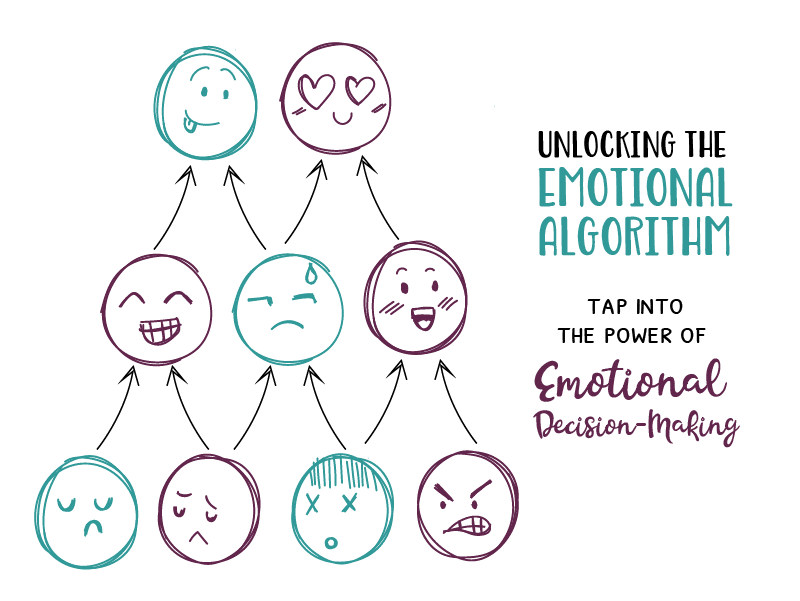
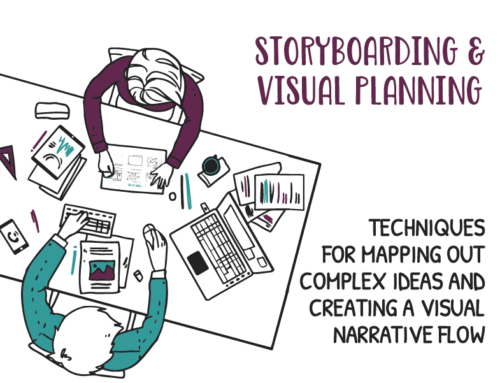
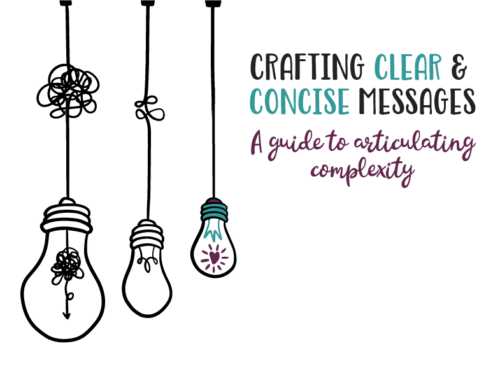
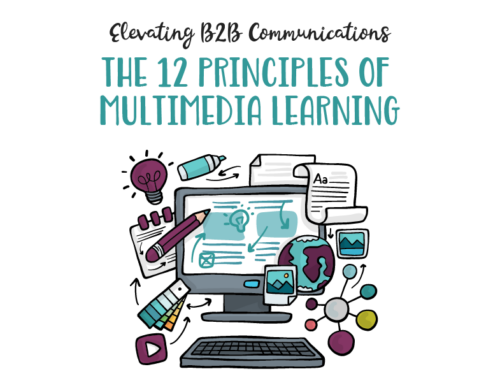
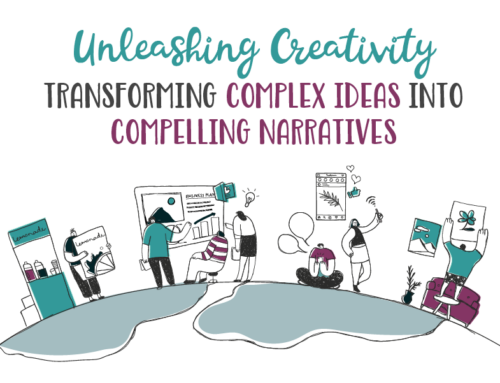
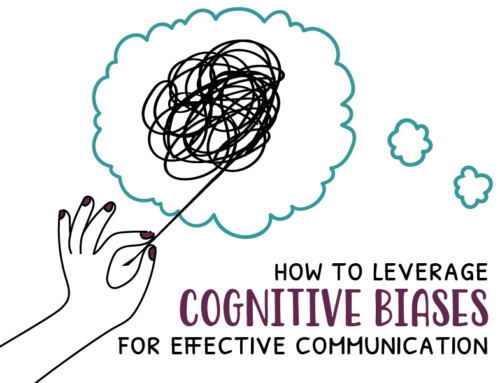
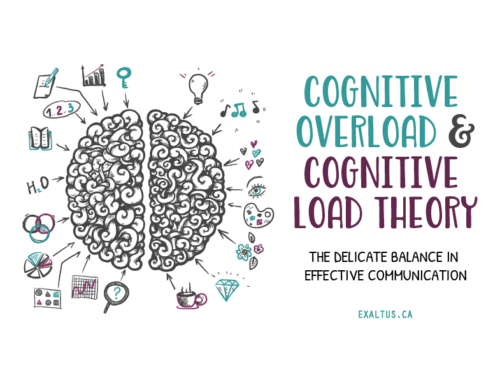
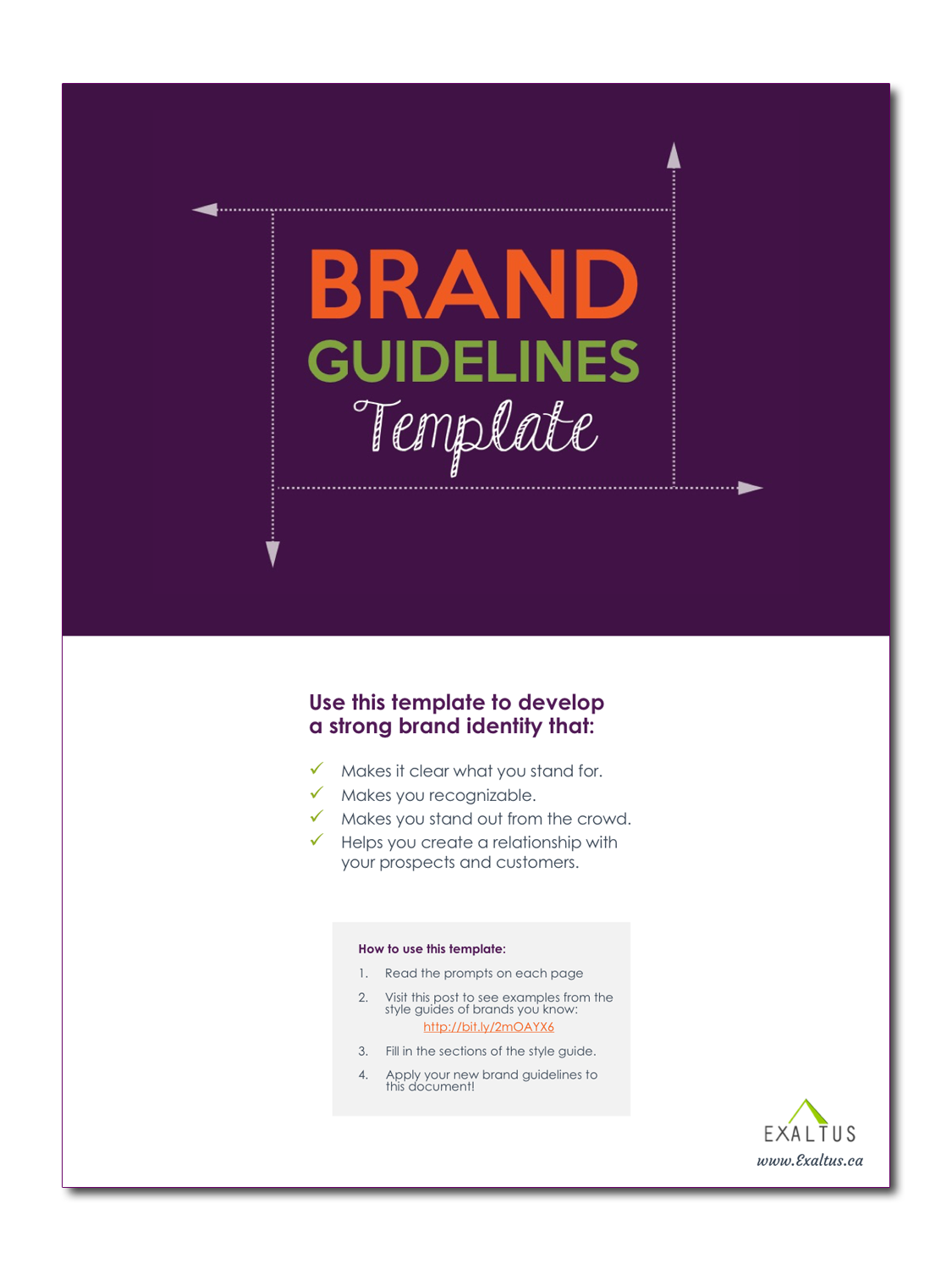

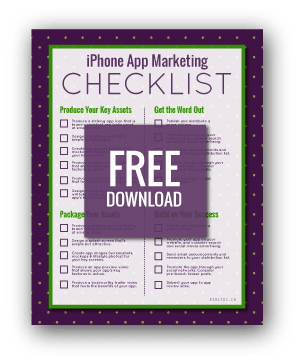
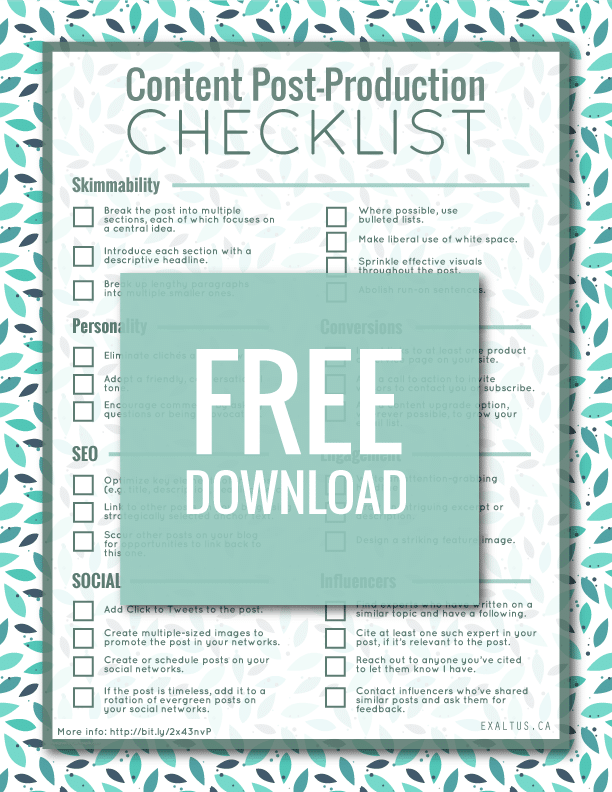
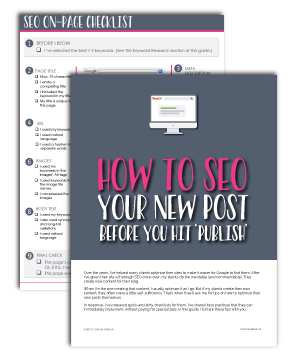
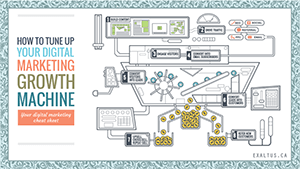
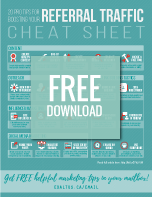

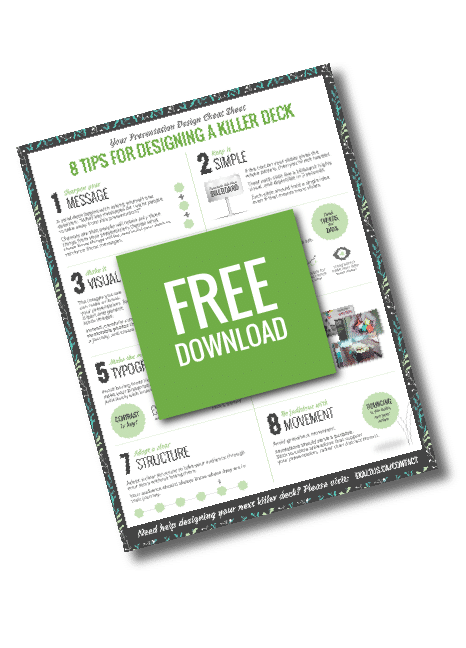
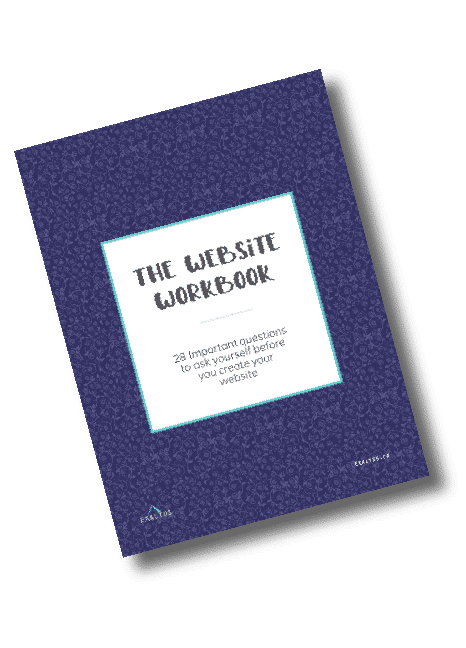


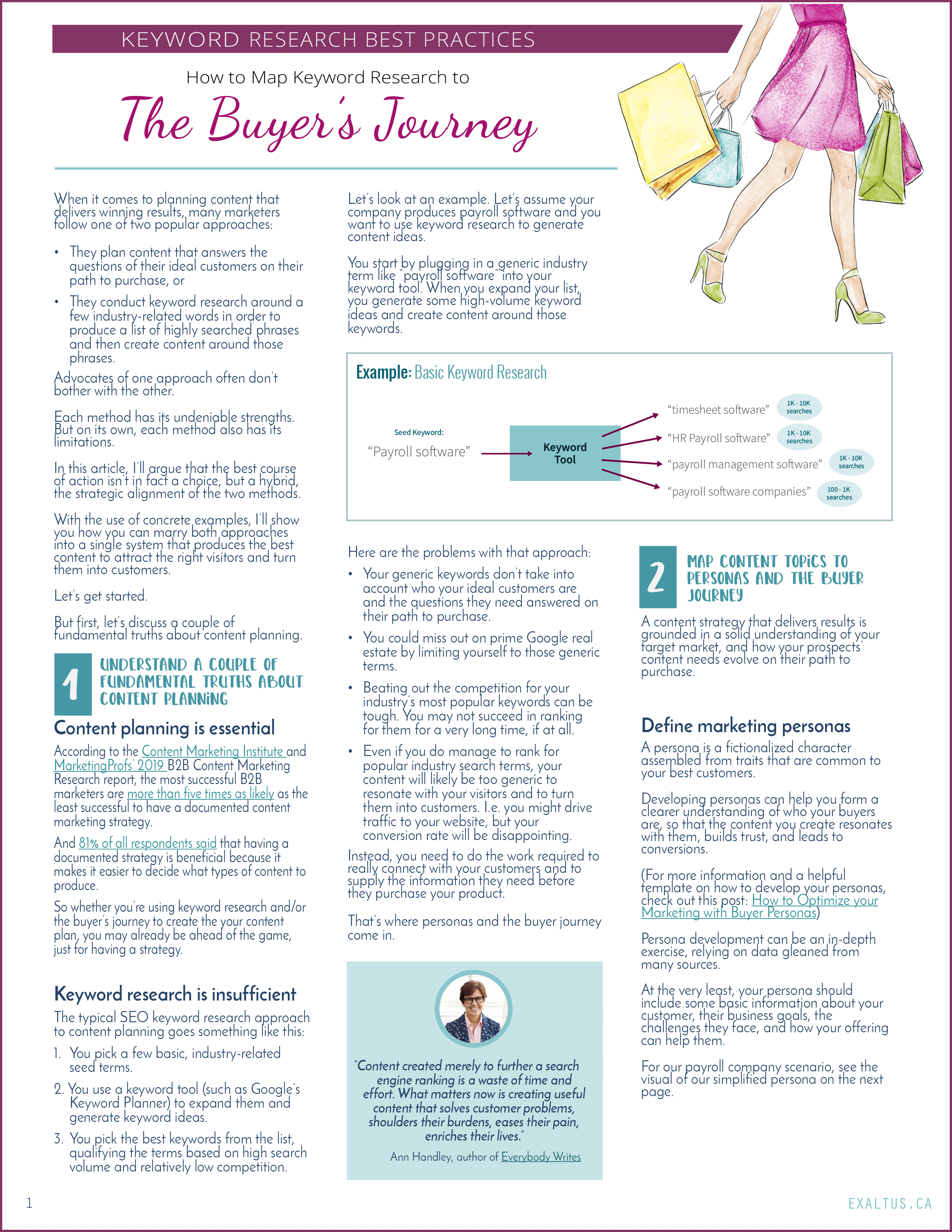



Leave A Comment